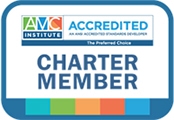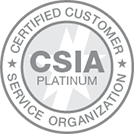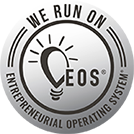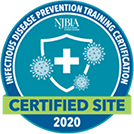Gaining the trust of your Board is “hard won and easily lost.”
Building trust with your Board in an impersonal era has become an art that requires communication, transparency, reliability, and consistency woven together in trust. When you employ all of these elements with a little finesse, you can begin to build trust.

Communication: The art of communication can be a bit tricky because everyone has their own style and when you work with Boards, you work with multiple individuals all with their unique way of communicating. The key is to know your audience and communicate in a language that the Board understands.
Your message should be clear using simple language and getting straight to the point. In addition, your communication should occur on a regular basis and it should be agreed upon how, what, and when information will be communicated. Remember, communication is a two way street. It is important that you understand what is being said to you just as it is important that what you are saying is being understood.
Finally, it never hurts to take a moment and learn a little something personal about the individual(s) you are communicating with.
If you maintain consistent meetings and modes of communication, use simple language to convey your message, and ask for clarification and feedback, your Board will be sure to save time, get work done more efficiently, and communicate more effectively.
Reliability: An important part of the definition of reliability is following through. If you say you are going to do something and produce a deliverable, you must deliver. If you cannot meet your stated commitment, it is your responsibility to inform the Board as soon as possible.
This is your word in jeopardy and if you want to maintain your credibility, you must be reliable and communicate. After all, someone reliable is someone you can almost always count on. Keep in mind that doing what you say only once or twice won’t build the solid foundation of trust in your relationship that you want and this is where consistency comes into play.

Consistency: Once you have determined what communication platform works best for your Board, stick to that platform. Furthermore, establishing a reoccurring time and date for your meetings is always optimal because it reduces confusion and time spent trying to coordinate multiple calendars that quickly get filled.
Transparency: Operating on a need-to-know basis is very risky when working with a Board. Board members have a commitment to the organization they serve. To be effective in their role, they need to have accurate, concise and consistent information. Creating an atmosphere of transparent communication contributes to a more vibrant, creative environment where everyone has an understanding of the goals of the organization and what needs to be done to accomplish those goals. Transparent communication gives everyone equal participation in the success of the association.




